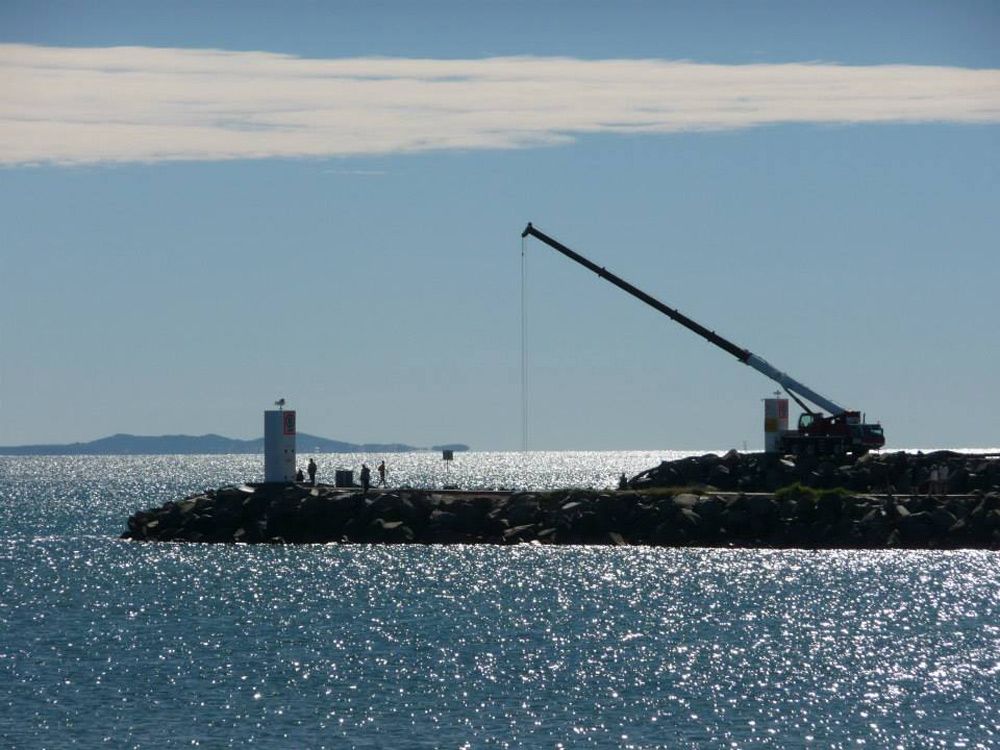FOR CRANE HIRE, CALL : 0400 262 622
For a quote on our mechanical services, phone (07) 5415 1694
Crane Dredging Operation Safety Measures
In the dynamic world of construction and marine operations, crane dredging stands out as a vital process, bridging the gap between ambition and reality. This intricate procedure requires precision and a steadfast commitment to safety measures. The stakes are high and the risks real, yet these challenges transform into opportunities for excellence with the right approach. This article examines the critical safety protocols and practices that are key to the smooth running of crane dredging operations, underscoring the significance of choosing a dependable crane for hire that adheres to the highest safety and efficiency standards.
Rigorous Equipment Maintenance And Inspection
Ensuring the safety and efficiency of dredging operations starts long before a crane ever reaches the site. Here’s how a diligent crane hire company maintains and inspects its fleet:
- Structural Integrity Checks: Regular inspections of crane structures are done to identify any signs of wear, fatigue or damage.
- Hydraulic Systems Maintenance: Thorough examination and testing of hydraulic components to prevent leaks and ensure smooth operation.
- Safety Mechanism Verification: Testing all safety devices, including overload indicators, emergency stop buttons and limit switches, to guarantee they're in perfect working condition.
- Wire Rope Inspections: Close inspection of wire ropes for any signs of deterioration, kinking or corrosion.
- Maintenance of Lifting Gear:
Regular checks and maintenance of all lifting accessories to ensure they meet the required safety standards.
Tailored Lifting And Rigging Plans
No two dredging projects are alike; each presents unique challenges and requirements. Recognising this, custom lifting and rigging plans are developed for every project. The process begins with a thorough consultation with clients to understand the specifics of the project, including site conditions, the material to be dredged and environmental considerations. Utilising advanced planning tools and software, a strategic approach is adopted to address these factors, ensuring that risks are assessed and mitigated.
Developing these customised plans is not just about adhering to technical specifications; it's about leveraging experience and expertise to foresee potential challenges and prepare accordingly. This consultative and strategic planning ensures that operations are safe but also efficient and effective.
Emergency Preparedness And Response Strategy
Types of Emergencies
Understanding the potential emergencies that could arise during dredging operations is the first step towards effective preparedness.
- Mechanical failures
- Adverse weather conditions
- Accidental spills or environmental hazards
For each of these scenarios, a robust response strategy is in place:
- Regular Emergency Drills: Conducting drills to ensure all team members know their roles and responsibilities in the event of an emergency.
- Scenario-based Training: Providing training that simulates real-life emergency scenarios to enhance response efficiency.
- Clear Communication Channels: Establishing and maintaining clear lines of communication for quick and effective coordination during emergencies.
- Equipment Readiness:
Ensuring emergency equipment, including spill containment kits and rescue gear, is readily available and in working order.
Let's Elevate Your Project Together
At
AMAC Cranes, we understand that safety is not just a protocol; it's a commitment to our clients and our team. With state-of-the-art equipment, customised planning and a rigorous approach to safety, we stand ready to support your dredging needs. If you're planning a dredging project and are looking for professional advice, our team is here to help you explore your options. If you need more information on the crane hire cost,
contact us today!
With more than 30 years’ experience in lifting logistics, AMAC Cranes is Sunshine Coast’s premier crane hire business. Select from our extensive, all-terrain fleet for affordable short and long-term rental options.
COMPANY INFORMATION
Crane Hire: 0400 262 622
Mechanical Assistance: (07) 5415 1694
Email: amac@amaccranes.com.au
HOURS OF OPERATION
Crane Hire Opening Hours: 24/7
Workshop: Monday–Friday: 6:00am–5:30pm





